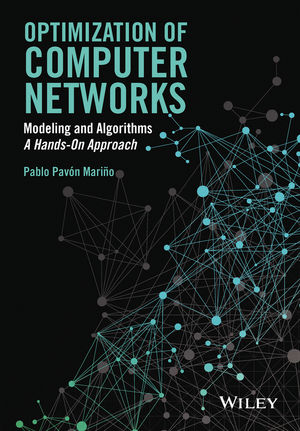| Section 4.2 |
|
| Section 4.3 |
- Offline_fa_xdeSharedRestoration: Solves several variants of unicast routing problems with flow-link formulations, so that designs are fault tolerant to a set of failure states, using shared restoration
- Offline_fa_xde11PathProtection: Solves several variants of unicast routing problems with 1+1 protection, with flow-link formulations
- Offline_fa_xdeFormulations: Solves several variants of unicast routing problems, with flow-link formulations
|
| Section 4.4 |
|
| Section 4.6.2 |
|
| Section 4.6.3 |
|
| Section 4.6.6 |
|
| Section 4.6.7 |
- Offline_fa_xdeSharedRestoration: Solves several variants of unicast routing problems with flow-link formulations, so that designs are fault tolerant to a set of failure states, using shared restoration
|
| Section 4.6.8.1 |
|
| Section 4.6.8.2 |
|

